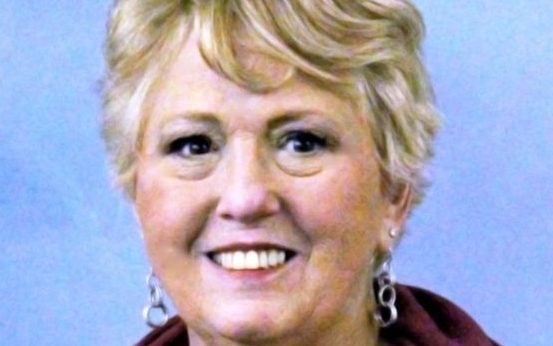Save the butterflies
Published 6:04 pm Thursday, January 21, 2021

- Sue Staton
|
Getting your Trinity Audio player ready...
|
BY SUE STATON
Sun Columnist
When I was a young child, I used to love to chase and catch butterflies. They were in abundance around my home. I distinctly remember seeing a butterfly nearly every day in the summer, when I lived down the lane on my grandmother’s farm.
No matter how often I saw a butterfly, I was always in awe of the beautiful and intricate design of their creation. I remember seeing mainly four or five different types of butterflies. I only knew them by colors such as the black and white, the yellow and black, the mainly yellow with white, and the one with nearly all the colors into one. I have since learned what I saw were the beautiful monarch butterflies.
I guess, as a child I had the misconception that butterflies would be in my world forever. I have just recently learned this could very easily not be the case if certain measures are not put into place.
I am a member of the Arbor Day Foundation. An article from a booklet I received saddened me to learn a trend has been going on since the 1990s that 80% of the monarch butterflies are dwindling away.
A lot of this has been the result of illegal logging and wildfires that have destroyed 25% of the limited habitat that is essential to the habitat’s survival. I learned that a single tree in a rain forest called the oxyamel located in Mexico can protect as many as 20,000 butterflies from winter, rain and cold. This is the place where the butterflies end up from America. Some travel sometime as far away as 3,000 miles in their migratory flight.
With the forest gone, they have nowhere to land in their retreat to warmer land. This is just another way of how valuable our trees are. They are not only valuable to our health but so many other living things around us.
The Arbor Day Foundation has joined as a partner with a few other companies to help save the beautiful monarch butterfly. To do this, trees are being planted by the thousands, 21,666 in fact, across 40 acres of land in the need for restoration.
For monarch butterflies that live in the eastern part of the United States, they need to fly between 50 to 100 miles a day. It often takes them two months to complete their journey. Their objective is to reach the Oxyamel fir forest that lies up to 12,000 feet above sea level. The humidity in this forest is precisely what the monarchs need to survive.
There are ways that we can help save the monarch butterfly.
• Create a monarch habitat. We can plant a pollinator garden and include milkweeds. The monarch caterpillar feeds only on milkweeds. This makes this plant an essential part of their life cycle.
• Become a citizen scientist. Help with studies to learn more about monarchs by visiting the website of Monarch Joint Ventures.
• Share information. Share information with others about the plight of monarchs and what we can do to help those and other pollinators survive.
• Support the Foundation’s rain forest rescue program. Visit arborday.org/rainforest for ways to support the rain forest.
Just this past summer, I mentioned that I never see butterflies like I used to. I only saw one all summer long. Now I understand why.
Unless these butterflies’ winter habitat becomes secure, seeing a beautiful monarch butterfly flitting around may well become a fragment of our memory. That is one memory I do not want to lose.
Sue Staton is a Clark County native. She is a wife, mother and grandmother.





